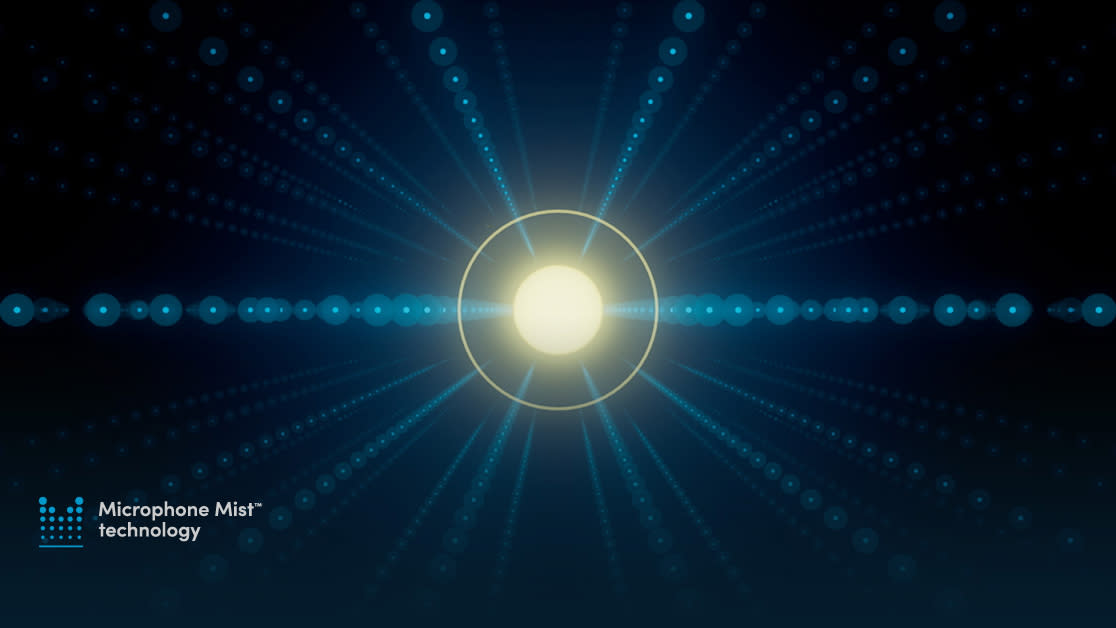Microphone Mist Technology Gets Three New Patents

The United States Patent and Trademark Office and European Patent Office have issued three additional patents for Nureva's Microphone Mist technology. The patent authorities have acknowledged Nureva’s approach to intelligent sound targeting, position-based gain control, and echo cancellation, all of which help to deliver the clear and natural speech intelligibility that benefits remote students and meeting participants. The patents represent the latest additions to the company’s active and growing intellectual property portfolio, which provides Nureva with significant opportunities to develop new products and enhancements.
[SCN Hall of Fame 2024: Nancy Knowlton]
“These three new patents further validate the completely original approach we have taken to delivering great audio in larger collaboration spaces,” said Nancy Knowlton, Nureva’s CEO. “Our investment in the Microphone Mist technology platform continues to create exciting opportunities to bring unique and compelling value to our customers.”
Understanding Each Patent
US 11,689,849 discloses the ability of the microphone array to preemptively identify semi-persistent unwanted sound sources such as HVAC systems and fans and exclude them during the targeting process. These intelligent sound identification capabilities elegantly and efficiently enhance the listening experience.
US 11,635,937 discloses the ability of the microphone array to use sound-source position-based gain control processing to make specific optimizations to the microphone system. This approach optimizes the talker’s gain while maintaining ambient noise at a quieter and more consistent level, enabling more natural conversations. Additionally, it effectively overcomes the limitations and distractions caused by common issues with automatic gain control hysteresis and level pumping.
EP 3791565 discloses the use of residual echo estimate information to derive secondary echo reduction parameters. This approach significantly enhances the acoustic return echo cancellation performance, ensuring talkers don’t hear their own voice in their headset or speaker after speaking, regardless of the UC&C client being used.

